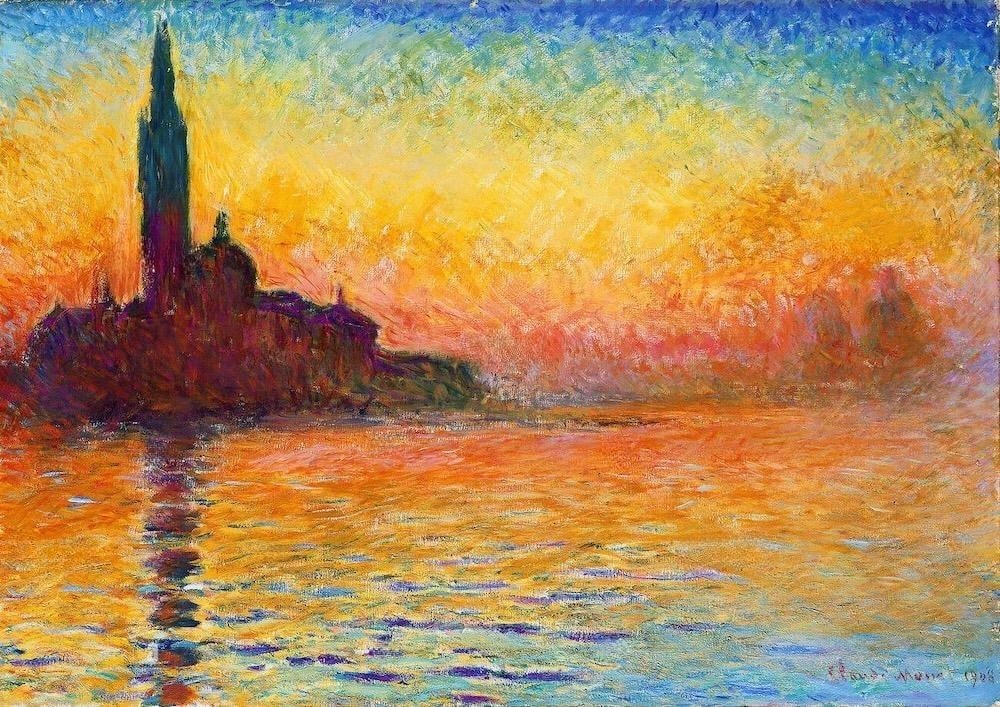Claude Monet
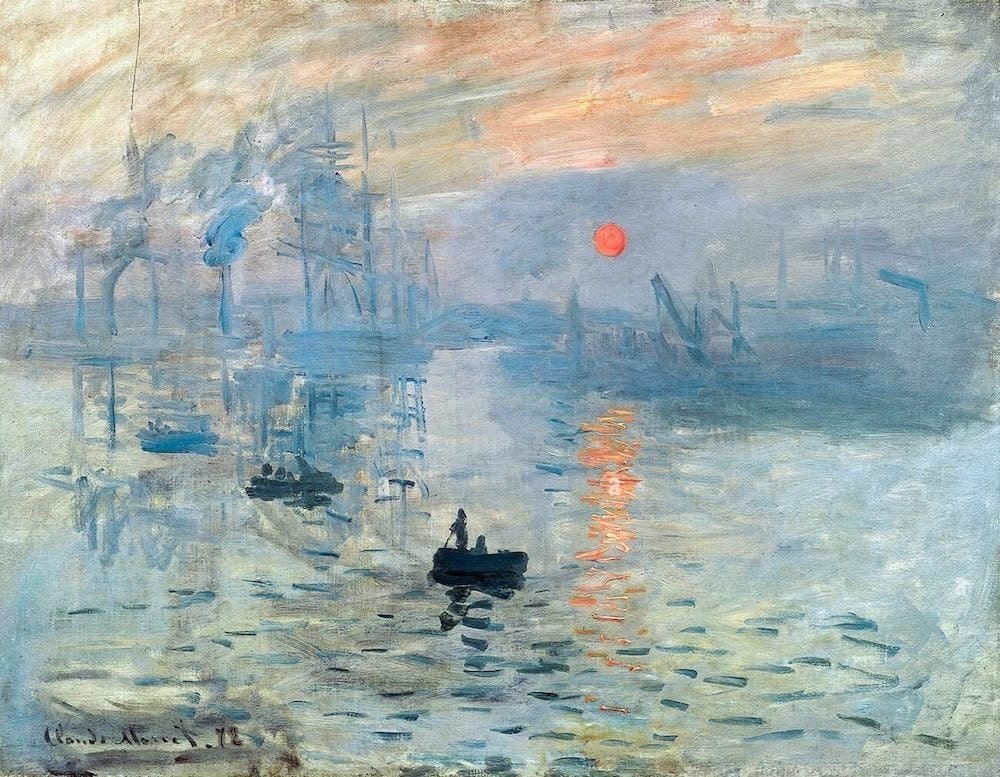
Claude Monet didn’t paint what he saw—he painted what it felt like to see. As the leader of the Impressionist movement, Monet flipped the script on traditional art by ditching sharp lines and perfect realism for color, light, and movement. His brushstrokes captured the vibe of a moment rather than its exact shape, making his paintings feel alive.
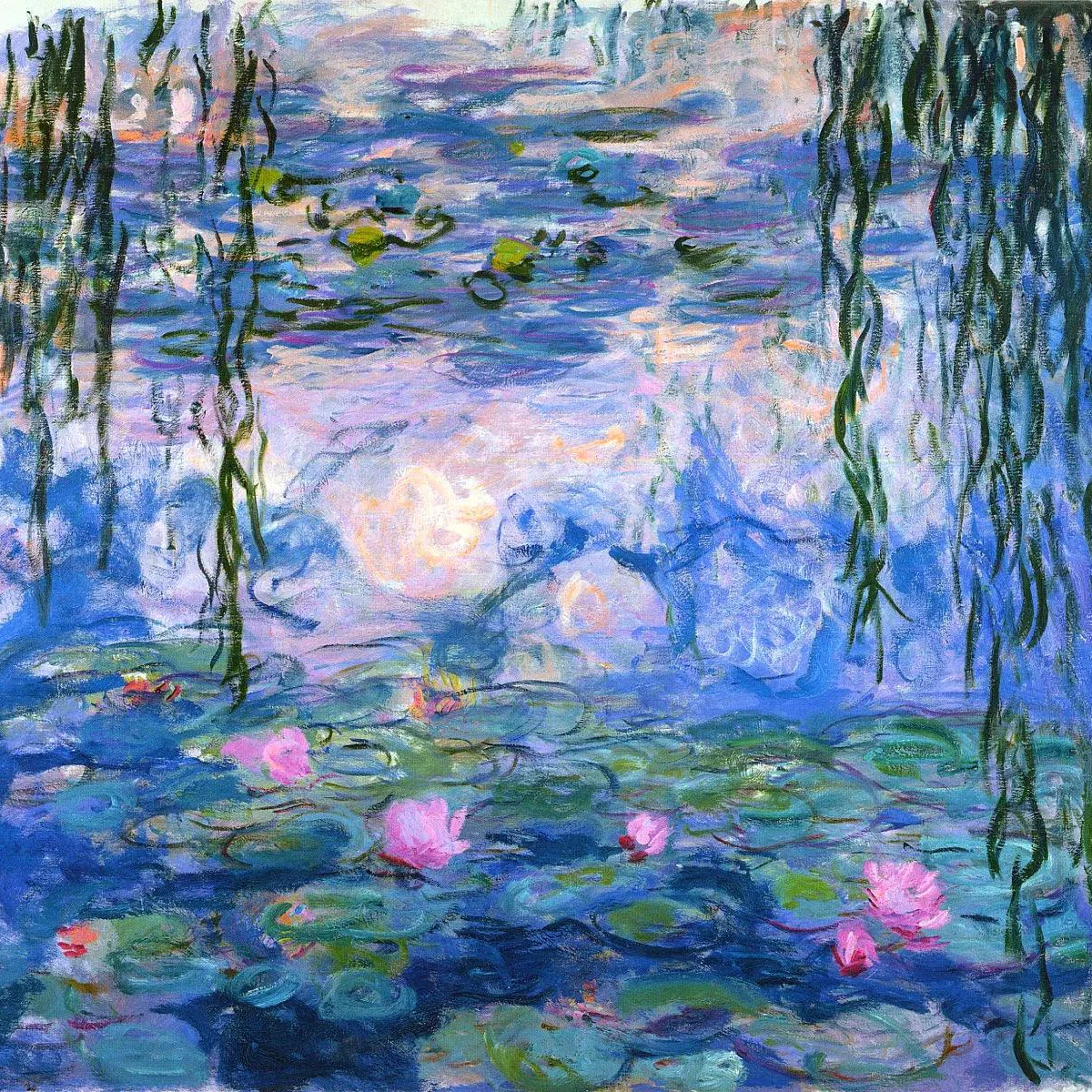
His famous painting Impression, Sunrise wasn’t just a bold choice—it accidentally gave an entire movement its name after a critic tried to insult it. Monet and his friends owned it, and suddenly 'Impressionism' became the future of art. Instead of working in studios, they painted outside (aka 'en plein air'), chasing sunlight and shadows as they changed hour by hour.
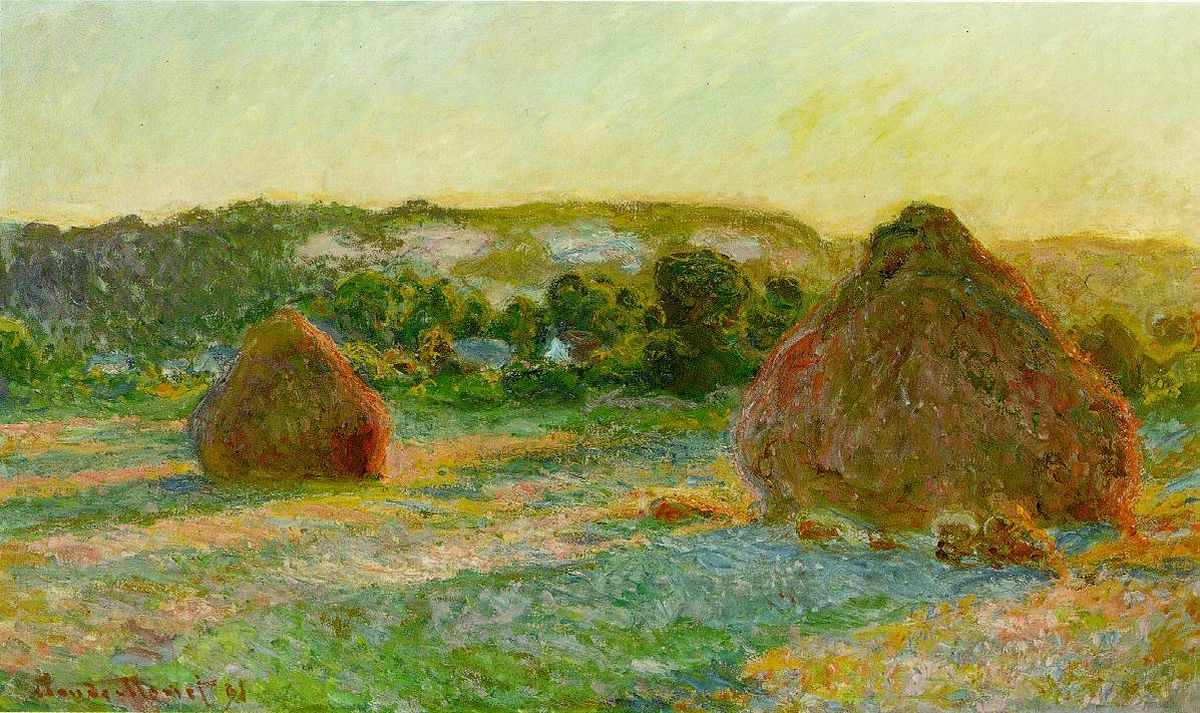
Monet was obsessed with how nature changed throughout the day. That’s why he painted the same thing over and over—haystacks at dawn, at noon, and at dusk. His Water Lilies series from his garden in Giverny looks like a dreamscape, mixing reflections, color, and soft shapes into nearly abstract masterpieces.
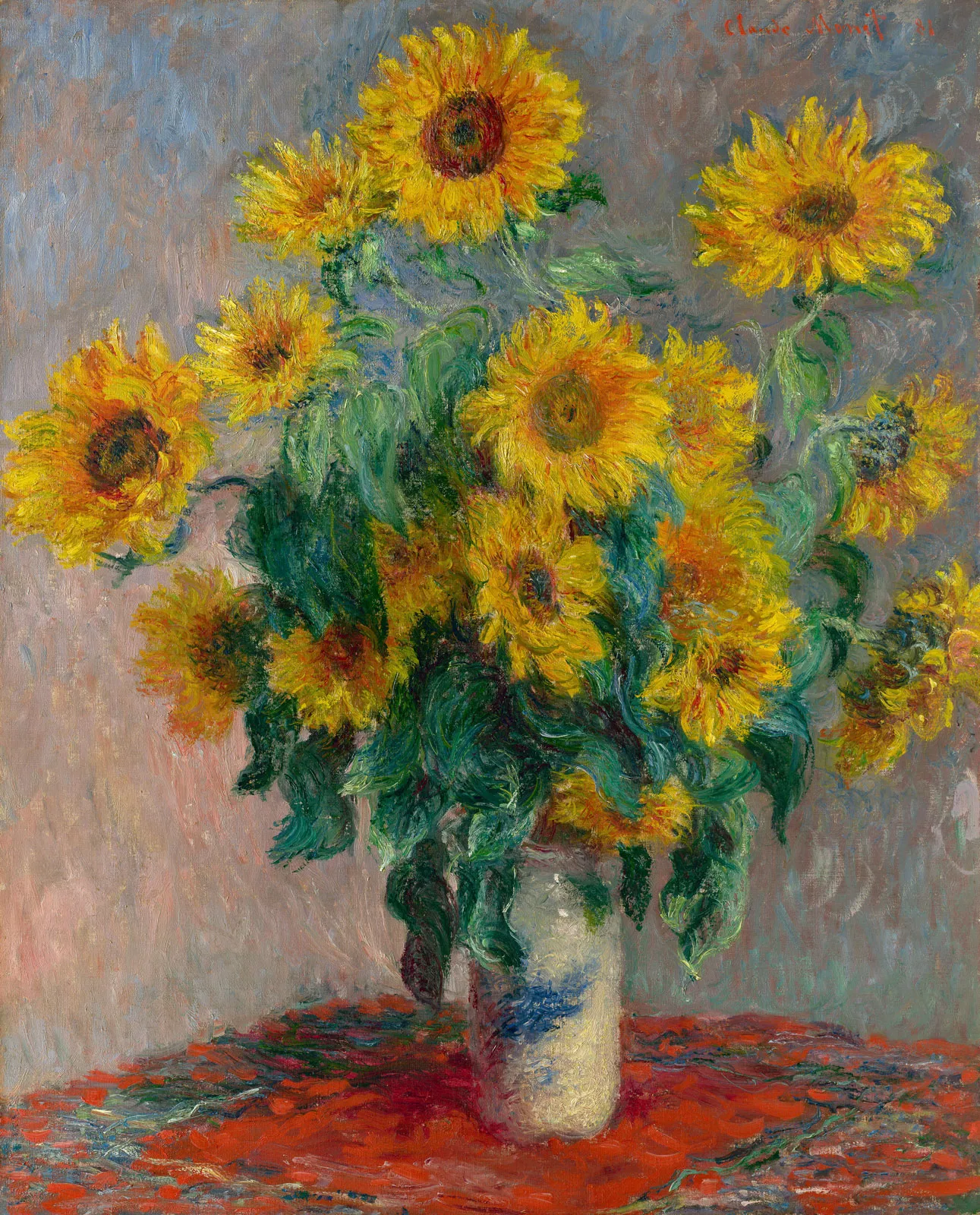
Even as he aged and his eyesight faded, Monet kept painting. His later works, especially the giant water lily murals, blurred the line between what’s real and what’s felt—foreshadowing modern abstract art. His legacy lives on not just in museums, but in every artist who’s ever tried to paint how the world feels, not just how it looks.
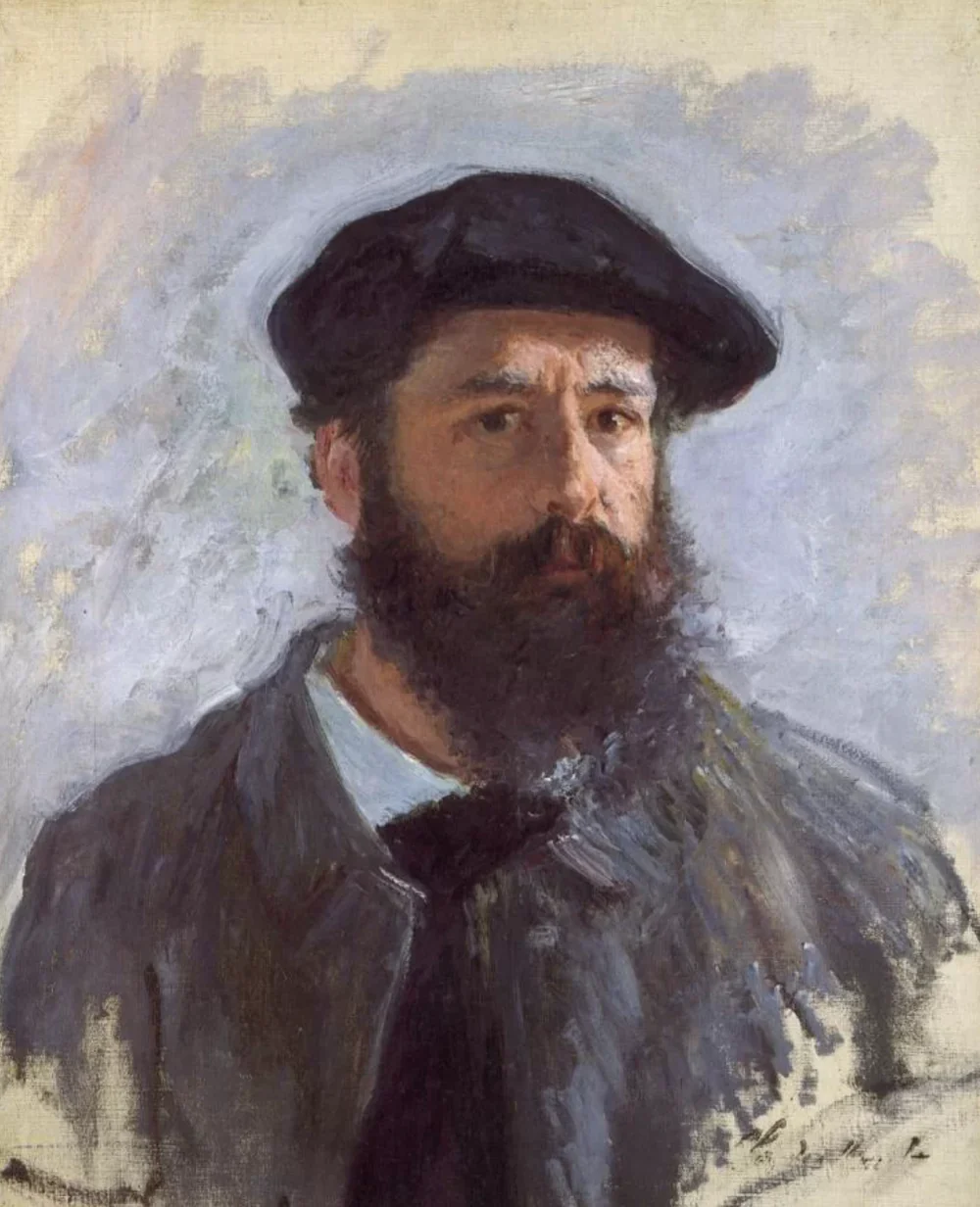
?
Why did Monet and other Impressionists choose to paint outdoors instead of in a studio?
How does Monet’s use of color differ from traditional painters before him?
Why do you think Monet painted the same subjects multiple times in different light?
How did Monet’s garden in Giverny inspire his later work?
What emotions or moods do you feel when you look at Monet’s water lilies?
In what ways did Monet’s style influence artists that came after him?
How did Monet’s declining eyesight affect his art—and could it be considered an evolution rather than a limitation?
Dig Deeper
Claude Monet is often criticised for being overexposed, too easy, too obvious, or worse, a chocolate box artist. His last works, the enormous water lily canvasses are among the most popular art works in the world.
Claude Monet had a very unique eye, and it can teach us a bit about the science of vision.
Impressionism is one of the best known and loved movements in Art History, but why? We present a case for why Impressionism is interesting and worth your attention and admiration, beyond the famous names behind it like Claude Monet.
Discover more

Vincent van Gogh
Van Gogh taught the world that art doesn’t have to be perfect to be powerful. He painted with emotion, lived with passion, and used color like a language all its own. His story reminds us that even when the world doesn’t see your worth right away, your vision can still change it forever.

Salvador Dalí
Dalí showed the world that imagination has no limits. By turning dreams into masterpieces, he dared us to embrace the strange, the surreal, and the deeply personal. His art reminds us that creativity isn't about following rules, it's about rewriting them.

Johannes Vermeer
Vermeer’s work is a reminder that beauty is everywhere — in a quiet room, a shaft of sunlight, or a fleeting glance. He painted not just what he saw, but what he felt in the presence of the ordinary. Through his brush, the mundane became magnificent.
Further Reading
Stay curious!
